Work Health and Safety Policy: Hazard Identification and Control
VerifiedAdded on 2023/05/31
|12
|438
|244
Report
AI Summary
This report provides an overview of Work Health and Safety (WHS) policies, emphasizing hazard identification, risk assessment, and control measures. It covers the importance of WHS policies in ensuring employee safety, addressing biological, physical, and chemical hazards, and exploring the role of ergonomic and environmental factors. The report outlines the relevant regulations, including the Work Health and Safety Acts, personal protective equipment regulations, and guidelines for managing health and safety. It also details methods for identifying hazards through audits, inspections, and data analysis, as well as implementing control methods to prevent accidents and promote a safe workplace. The conclusion highlights the shared responsibility for safety and emphasizes the importance of adhering to WHS standards. References to academic resources are included to support the information presented.
1 out of 12
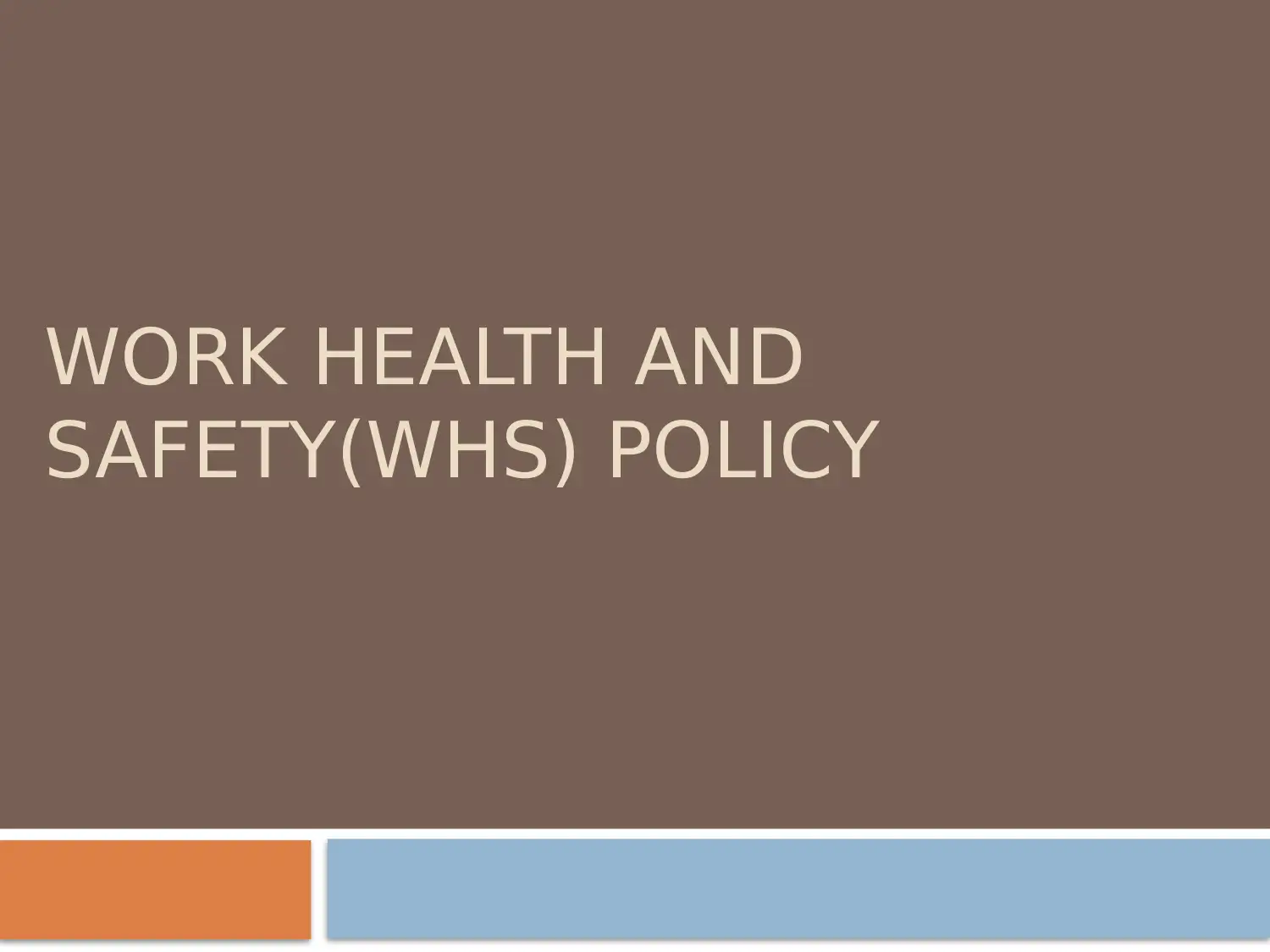
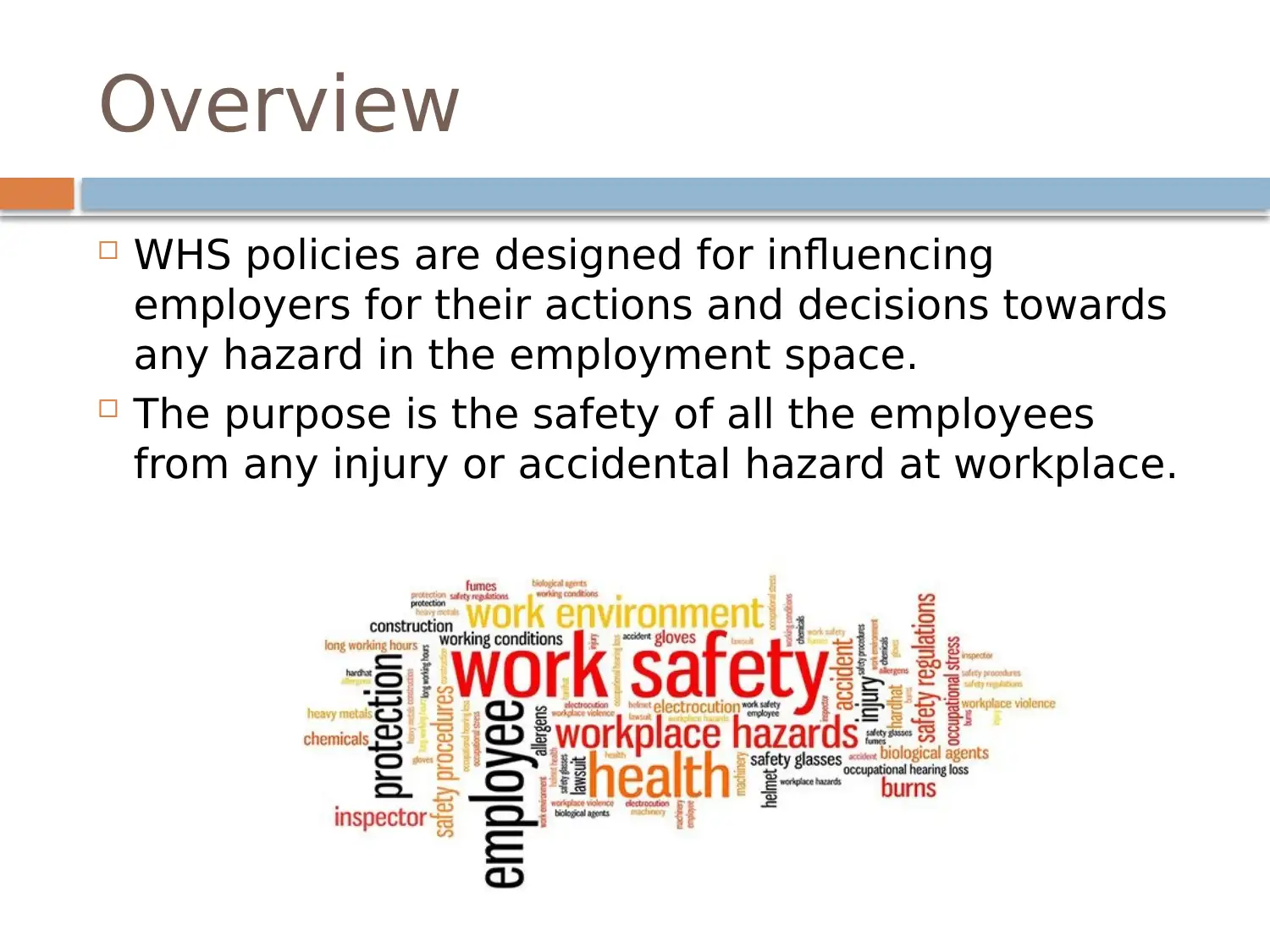
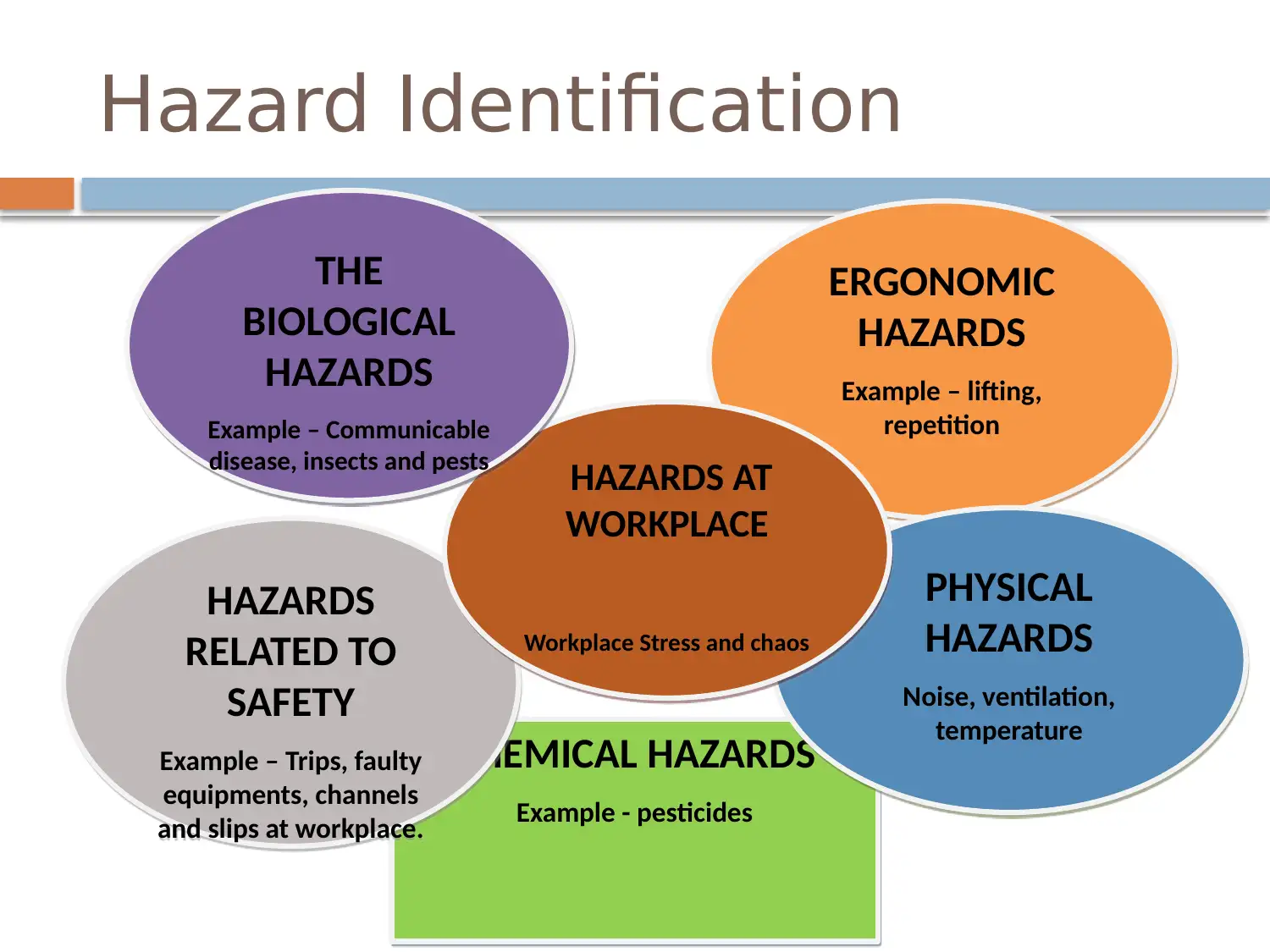

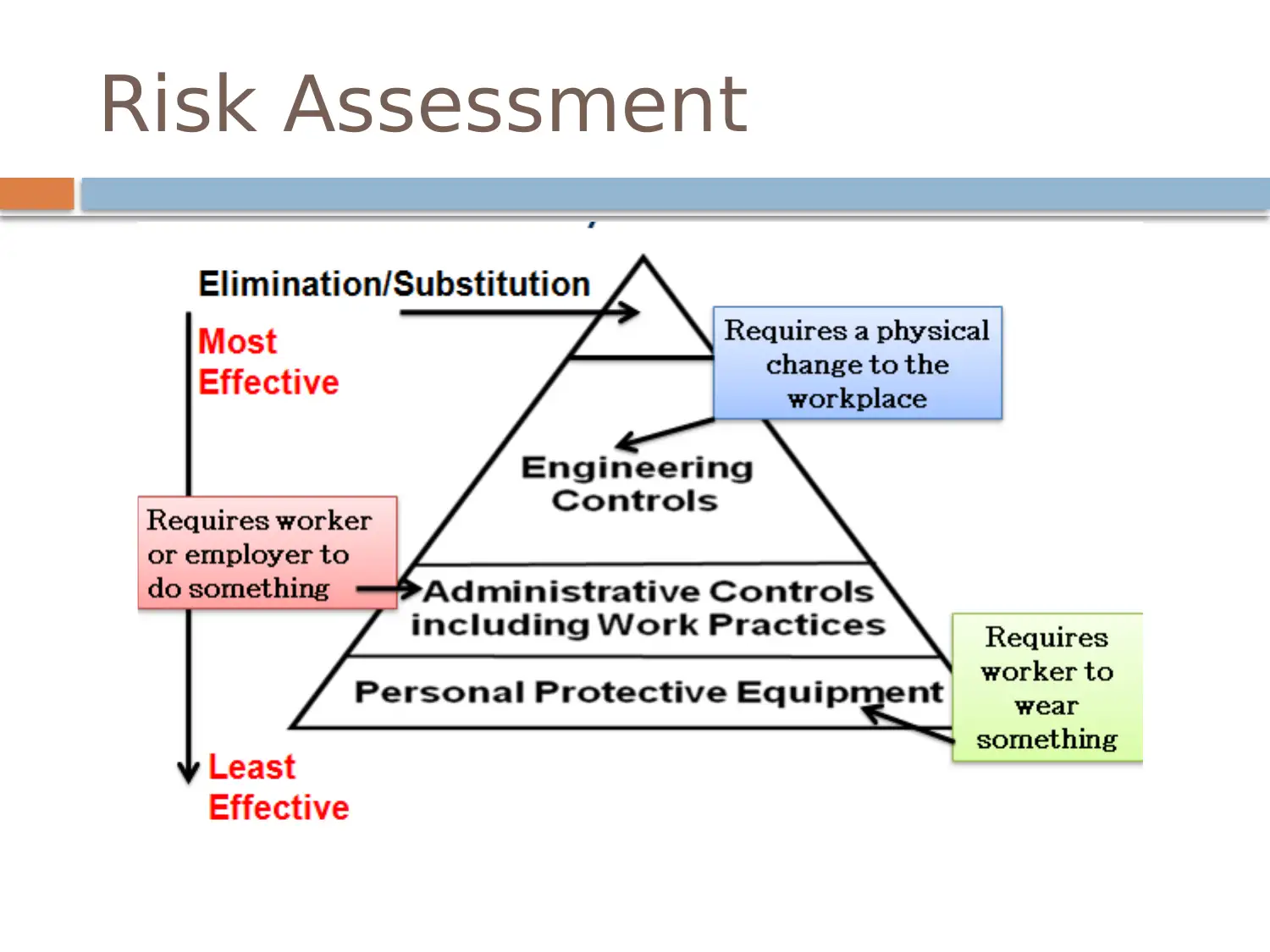
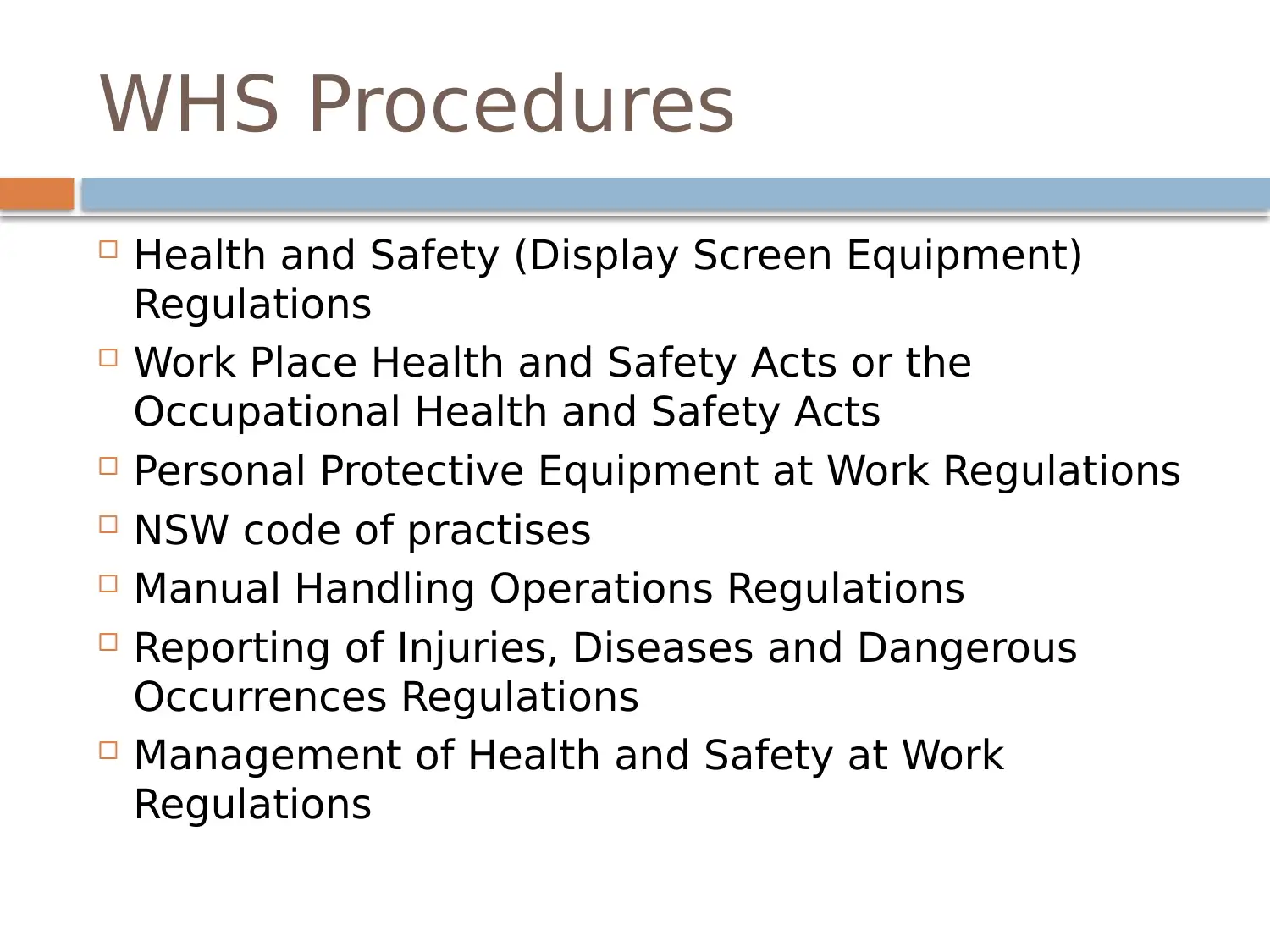
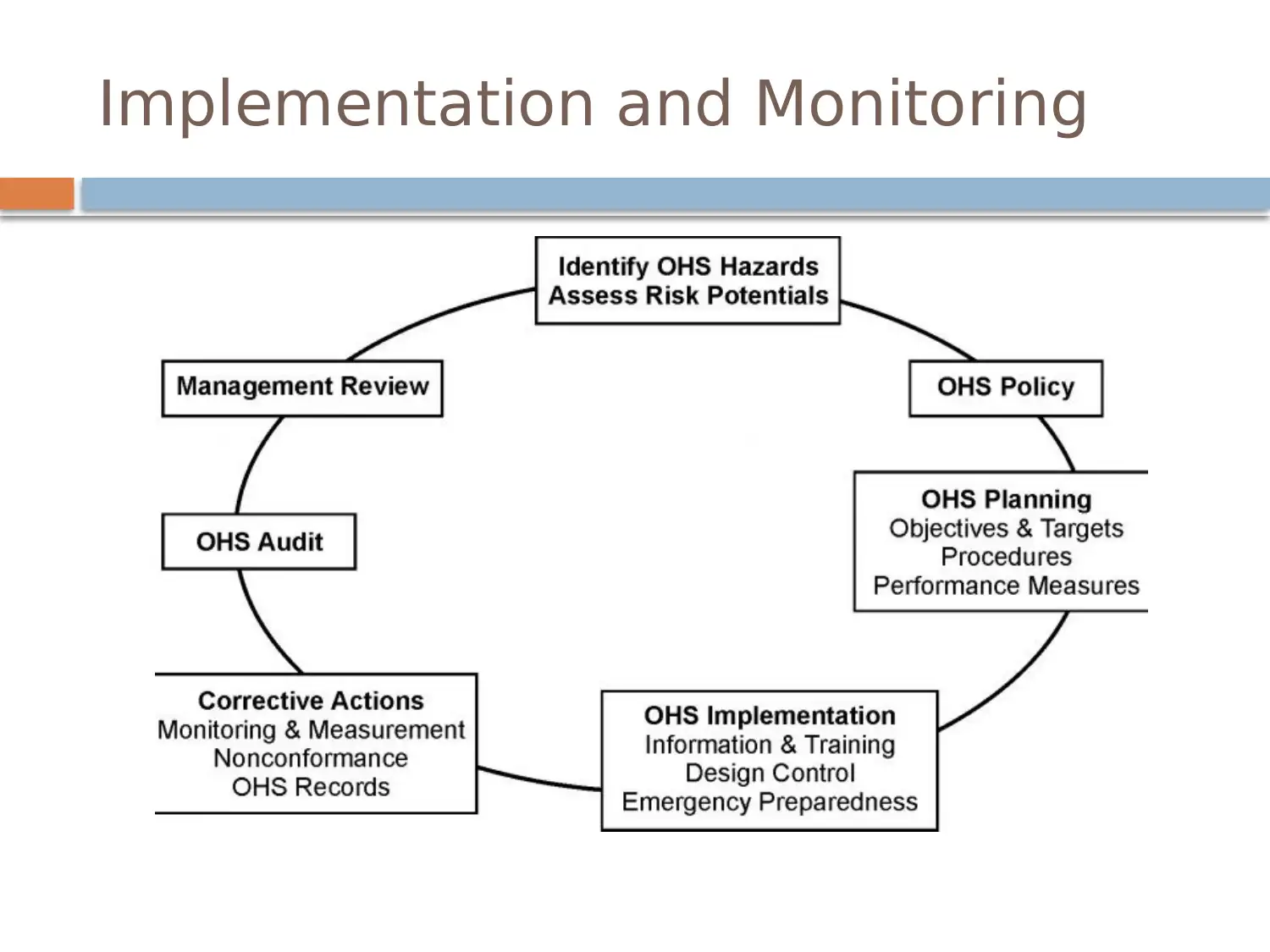
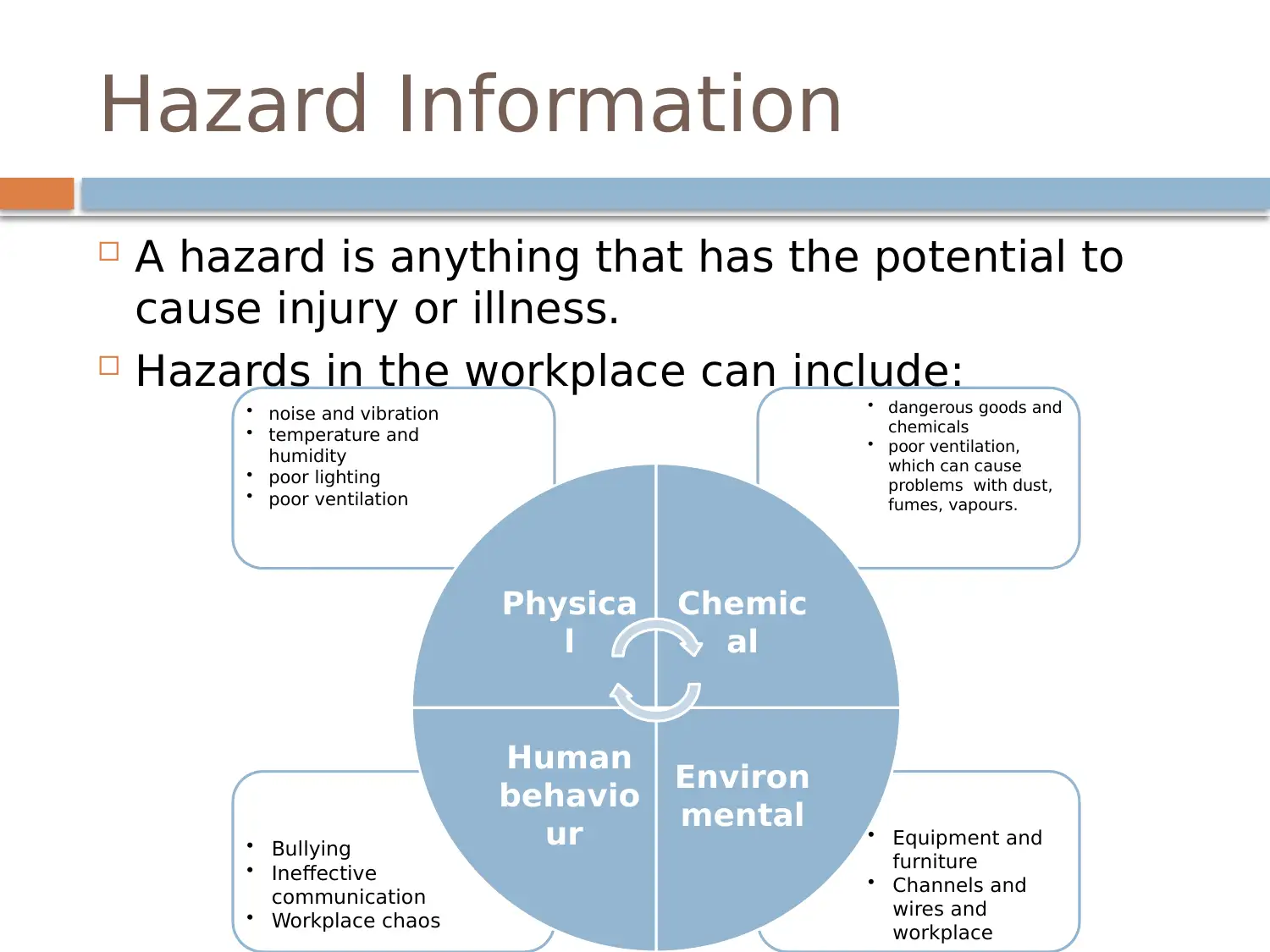
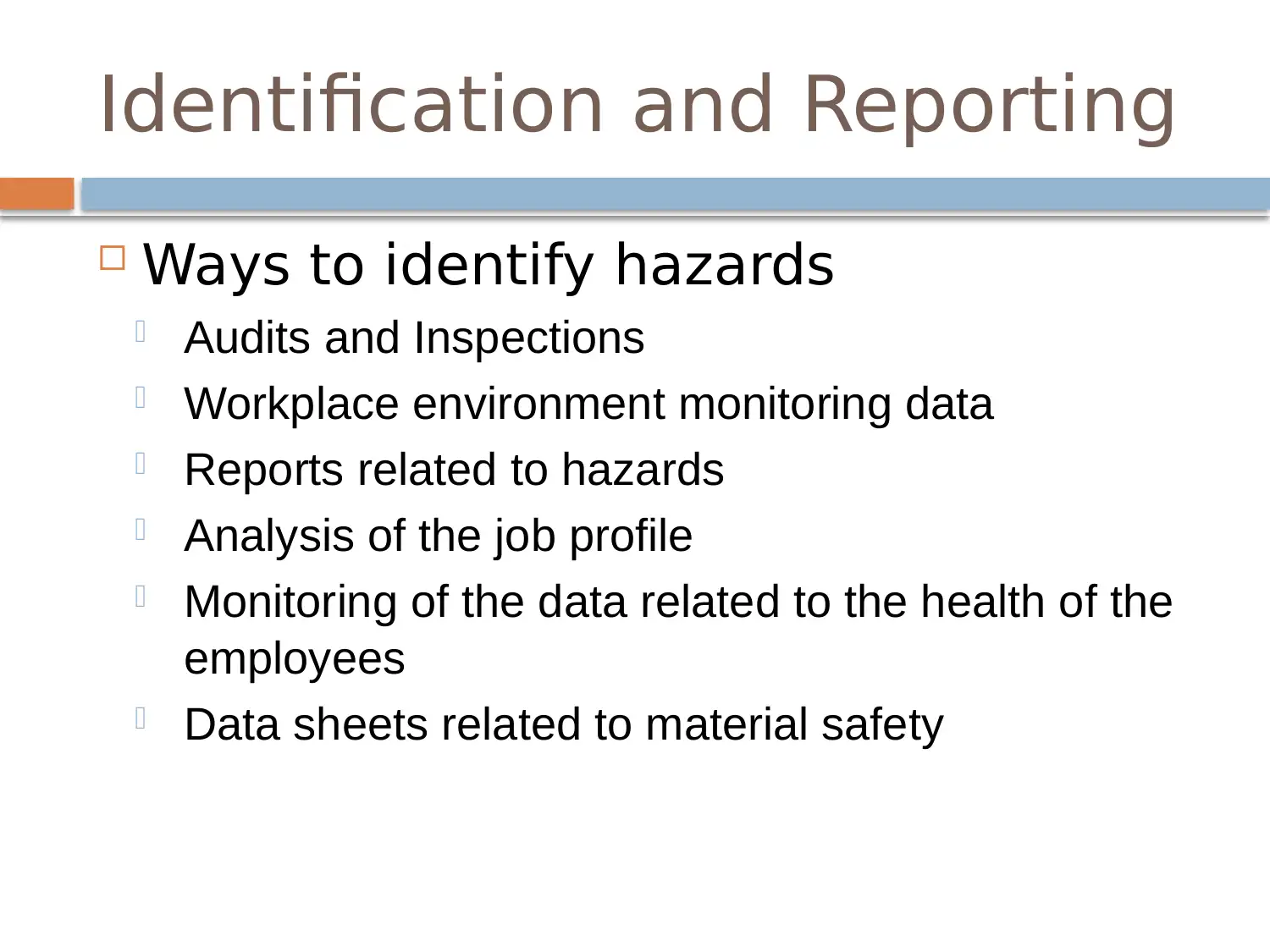
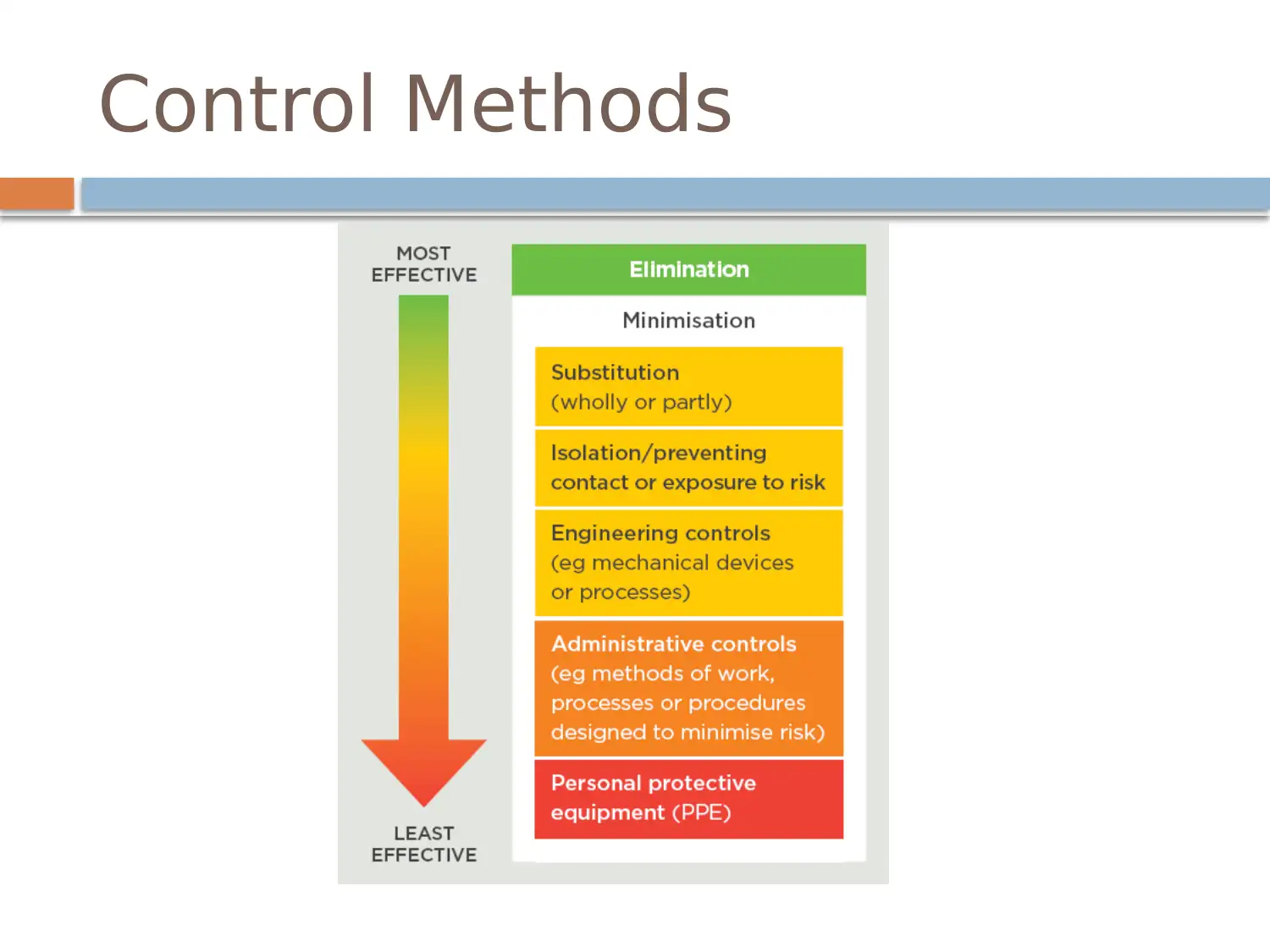
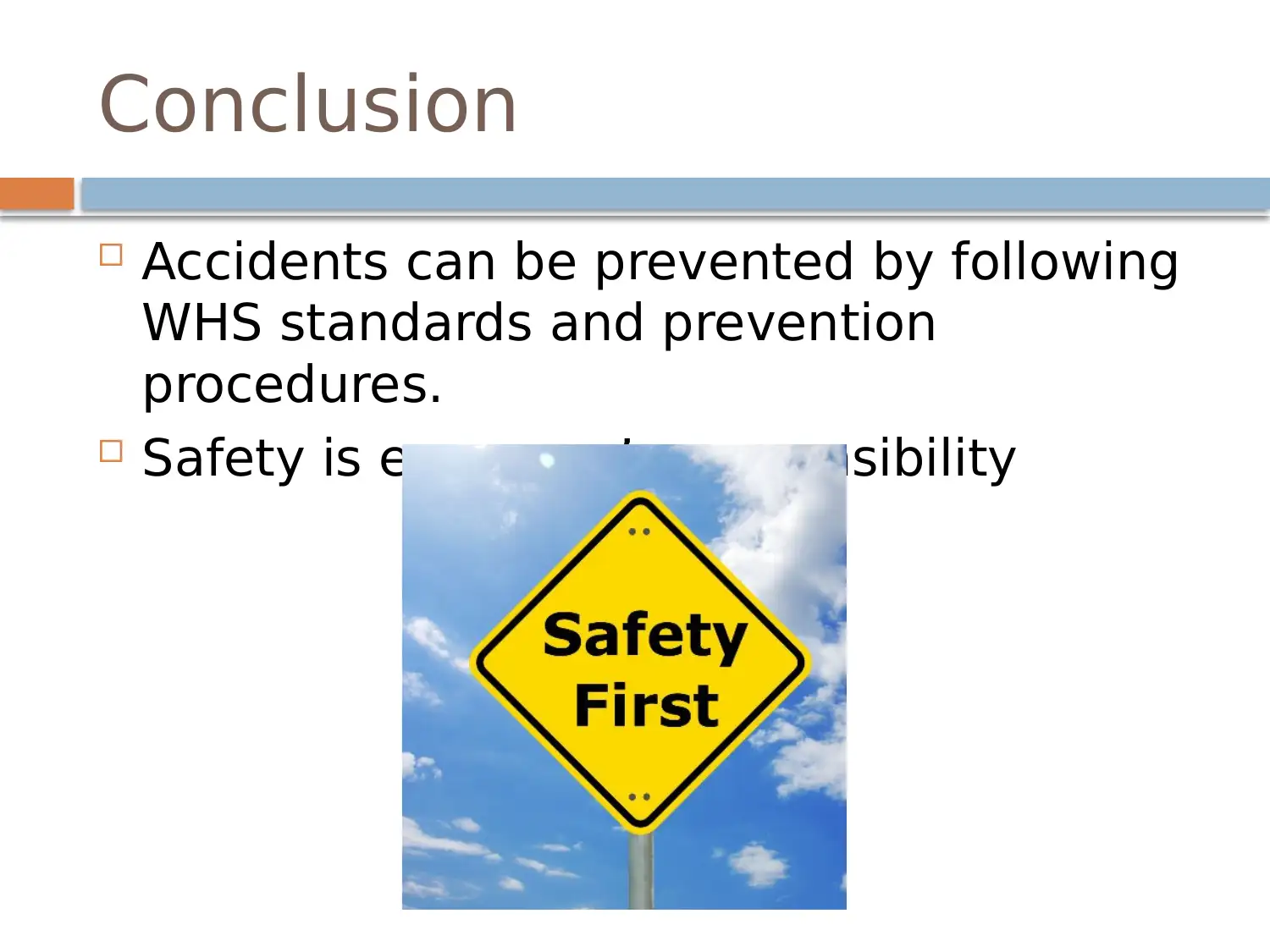
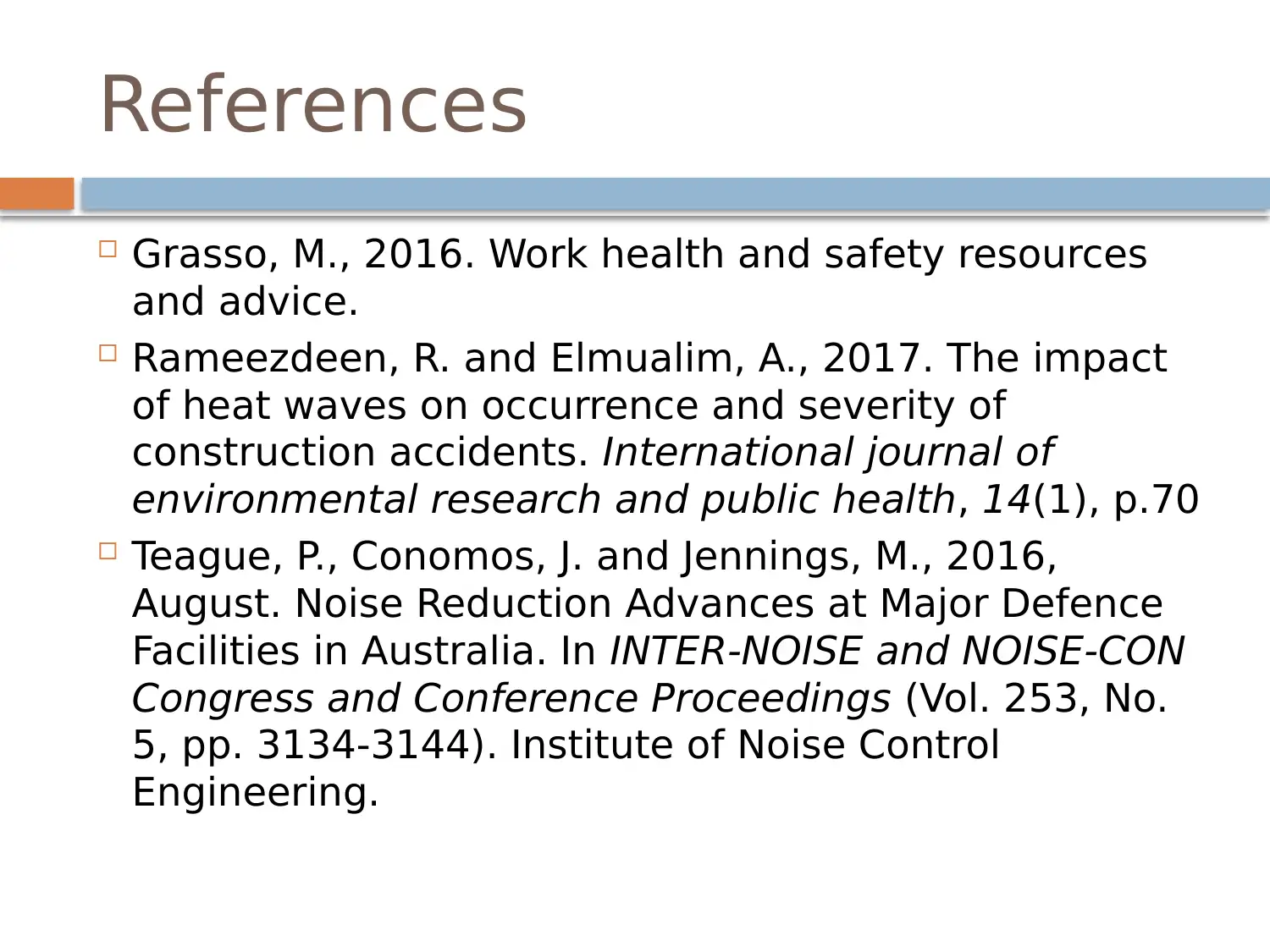






![[object Object]](/_next/static/media/star-bottom.7253800d.svg)